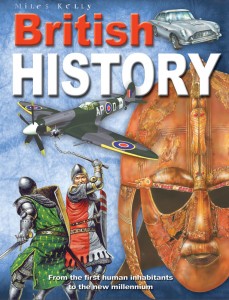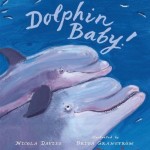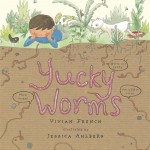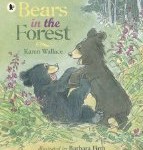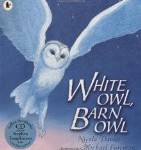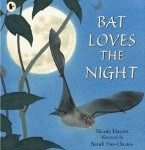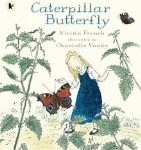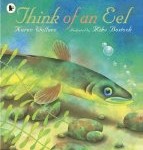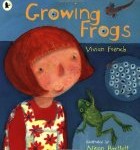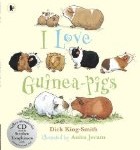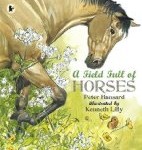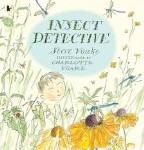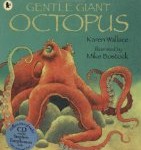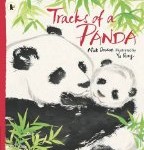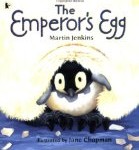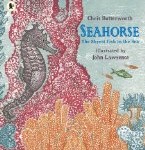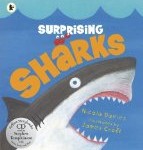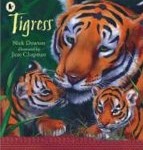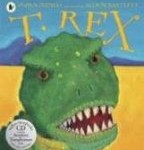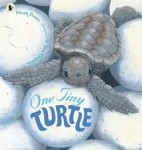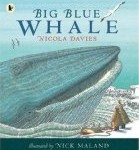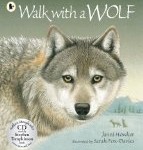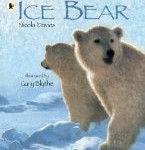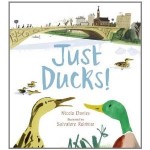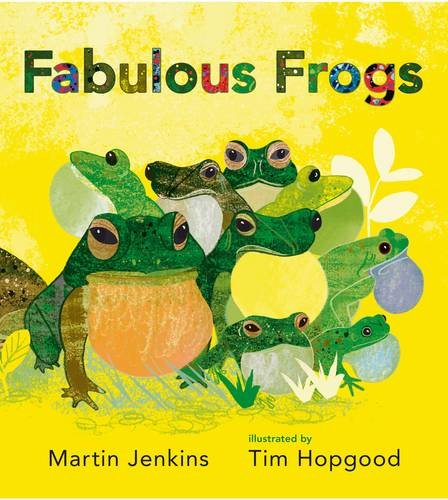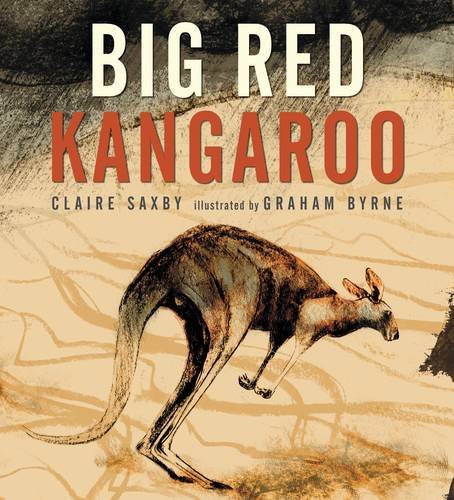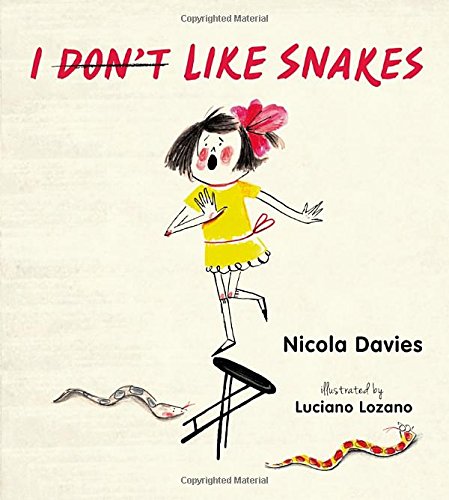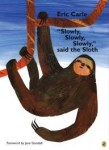We have been exploring some of the cultures across North America before the arrival of Europeans in sixteenth century. Here are some the factual books we have found:
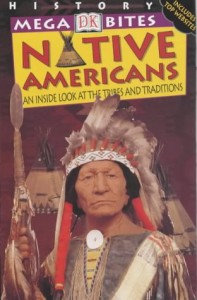
See on Amazon
DK MegaBites Native Americans: An inside look at the tribes and traditions By Laura Buller
One of our favourite factual book on the subject.
Although pocket size it covered pretty much everything we needed to get a good over view of the diversity of Native North Americas, and how environments across the continent shaped the cultures that lived and continue to live there. It strikes a nice balance between the generalisations needed to start to gain an understanding of a subject and showing the diversity of the continent and people.
The first few chapters look at themes – beliefs, daily life, crafts etc. Each of the cultural regions are then tackled in turn. We would have preferred to see Subarctic as a region in itself rather than combined with Arctic, but that is just nit-picking. Each starts with setting the scene for the region. Then goes on the discuss the way of life, and a bit about the impact of the coming of the Europeans (and the horse). Â Taken together these regions show a wide range of environments, ways of life and the different ways European arrival affected the people of North America.
The book also has handy links to websites, a timeline, regional tribe list and glossary.

See on Amazon
American Indians (My First Book of…) By Evelyn Wolfson
This is a really easy to read, very accessible book. It starts with a nice big colour map of the different cultural regions and highlights the diversity of cultures and the link between environment and ways of life. The second spread talks about the lives of children. Then it looks at the lives and traditions of four tribes – the Iroquois, the Cherokee, the Sioux and the Hopi.
The book is very simplified. It would make a good first book on the subject. But for our purposes it lacked the breadth and historical detail (the Sioux are only discussed after the coming of the horse). It also shows Native Americans in the modern world.
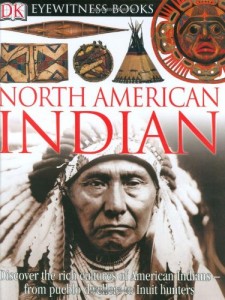
See on Amazon
North American Indian (DK Eyewitness Books) By David Hamilton Murdoch
Like the other books in this series North American Indian has great photography, in particular of artefacts – of the things created and used by different people across the continent.
The focus is very much on the past – the traditional ways of life, with only a single page on modern, and relatively brief information on post-European contact history.
It is divided into cultural regions – with one or more spreads devoted to a region, or aspect of a region. Read about the Eyewitness Guides Series
Native Americans (Build it Yourself) By Kim Kavin (Nomad Press)
This feels quite differnt to the other books reviewed here – monochrome, and makes great use of different fonts to highlight keywords, prompt questions and pull out interesting facts. It starts with chapters on the first Americans, and the early Archaic period. Then covers different cultural regions in six chapters, and finishes up with a chapter on the what happened when the Europeans arrived. Includes projects with things to make and do. Aimed at ages 9-12.
More children’s books on native Americans:
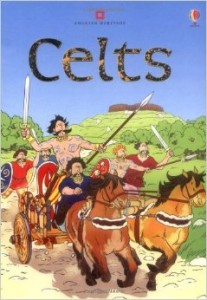

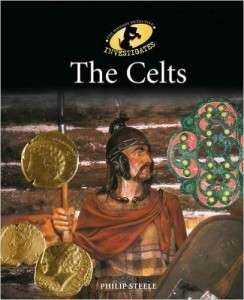
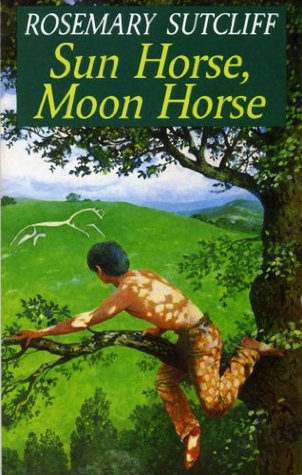


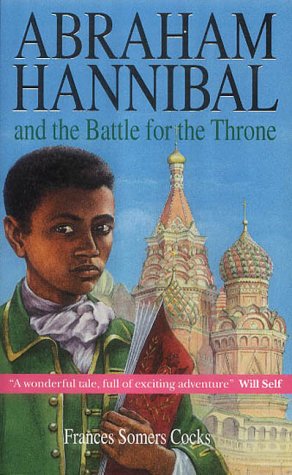




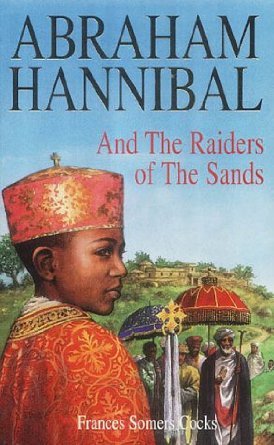
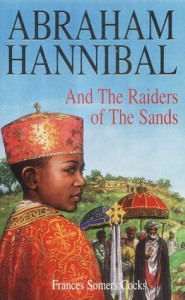
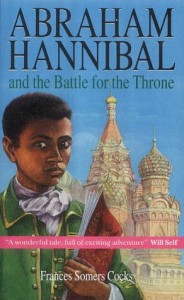

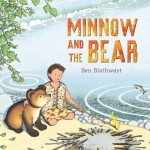 Find Minnow and the Bear on Amazon…
Find Minnow and the Bear on Amazon…
